From outputs to outcomes: Is advertising adding value to your business?
November 5, 2019 •Chris Simpson

Measurement. Data. Tracking. Dashboards. There has never been a time when so much information has been so widely available in the marketing field. Yet decision making has never been harder.
In a recent Hubspot survey the three key marketing challenges identified were around generating traffic and leads (65%), proving ROI of marketing activities (43%) securing enough budget (28%).
Arguably, these are all related to a fundamental question: “Did my advertising actually impact sales?”.
Attribution, widely defined as the methodology of assigning credit to a given marketing touchpoint, was touted for a while as the solution to all the industry’s measurement woes.
Methodologically, attribution tends to fall within the following categories:
- Native: In platform attribution measurement. It attributes anyone who has interacted with the ads back to the channel the ad was served from. The drawback is that conversions are not deduplicated cross channel.
- Rule based: Similar to native, however it exists in cross channel measurement platforms such as Google Analytics (GA). Again, it assumes that all conversions are incremental to the channel.
- Data based and Econometric: Very involved and investment heavy approaches. The largest benefit of these is that they can account for media that is typically hard to measure such as TV and OOH. Unfortunately, these models can be great at assessing the past and not so good at predicting the future.
Over time attribution proved to be no more than a tactical tool to help assign credit to channels. This is due to several limitations:
- Attribution models are inherently biased. Anyone who has tried to measure higher funnel activity with GA will have noticed that as a last click approach it will always favour a paid search heavy marketing mix.
- They are still not able to answer the fundamental question: Would have happened without the activity being present or not?
This is where the industry’s worst kept secret comes in: Incrementality. This is defined as the control vs exposed methodology which allows us to measure the outcomes that would not have been driven without the activity in question.
Incrementality can help with the following key areas:
- Did channel X drive any business outcomes?
- What is the right level of investment between prospecting and retargeting?
- Is my new creative working better than my old one?
The key delivery methods are:
- Auction based: Control vs exposed is assigned every time an auction occurs, not at user level. This means that technically a user might belong to both groups at the same time. By extension this methodology should only be used when no other options are available.
- Geography: Is based on the ability to ringfence and run activity in a specific region. Suitable for less targeted media such as Offline.
- Audience based: Requires a single user view which is native to platforms such as Facebook. A user is assigned to a control or exposed at a persistent basis making it the most ideal segmentation method.
Why isn’t incrementality testing a staple in all businesses? For some, there simply isn’t enough scale, therefore producing statistically significant results is not an option. In those cases, it’s important to work with the right partner who can help with benchmarking.
It’s also definitely not a “set it and forget it” thing. Continued testing is needed in order to reflect changing lifecycles, user behaviour or marketing mix.
Since continuous testing is a key underpinning principle of incrementality measurement, establishing the right culture within the business is key. The key components are:
- Hiring for the right skillset
- Training for both juniors and senior stakeholders
- Working with partners that can help deploy testing at scale
In conclusion, the proliferation of data-points has done little to resolve the strategic challenges the industry is facing. Solutions like attribution only address challenges at a tactical level, it’s through incrementality we can measure the true business output of our marketing activity. Incrementality does not come without challenges. However, by having the right team and partners in place each business can get much closer to true measurement.

